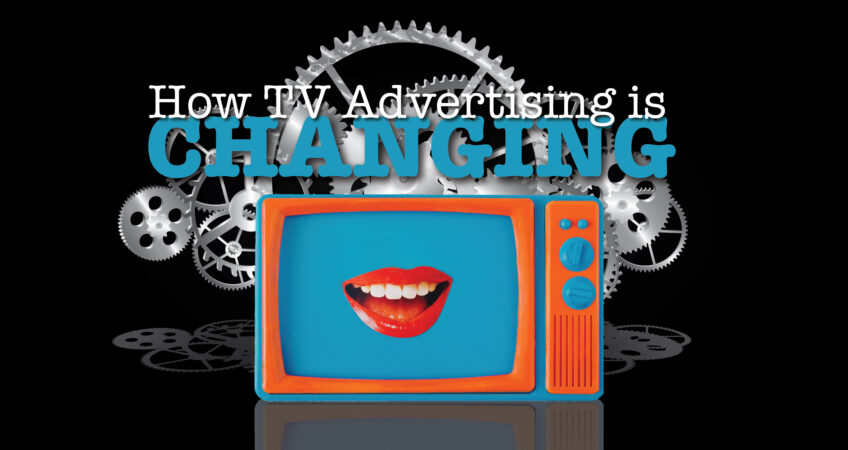
Marketing Agency Take: How TV Advertising is Changing: Streaming, Subscriptions, and What You Need to Know
 A Marketing Agency Take: Streaming TV like Netflix, HBO, Hulu and the like offers advertisers a new in with a younger audience.
A Marketing Agency Take: Streaming TV like Netflix, HBO, Hulu and the like offers advertisers a new in with a younger audience.
The targeting is more precise, and the pool of streaming-exclusive viewers is only growing – there will be more than 80 million cord-cutting US households by 2026.
In this article, we’ll dive into what advertising on streaming TV looks like, what the benefits are when compared to traditional TV advertising, and what you can expect to see in the future.
The difference
When you hear the term “TV advertising” it is equally possible these days that the person can be talking about traditional TV advertising aired on either basic or premium cable channels or streaming TV advertising that is shown on lower-end subscriptions to online platforms like Hulu or Disney+. Basically, if it’s distributed through the internet, it falls under the “streaming” umbrella. But because everything is more online, there are more modern ways to access content that is generally aired on traditional cable, like a Chromecast or Roku plug-in.
Not to mention, when people sign up for a streaming service, they are generally required to enter some sort of demographic information – whether that’s a birthday, a zip code for billing, or something else – that allows those streaming services and the advertisers that partner with them to have access to more information about their viewers than traditional TV advertisers do.
The benefits
Because there are more ads than ever in more places than ever, it’s important to make sure you’re not just shouting into the void with your messaging. You want it to reach exactly the kind of person that might be prone to respond. That’s where streaming advertising has the edge. It’s much more precise, because the algorithm can track engagement and see what each user is interacting with and reacting to – either positively or negatively. If someone is streaming a lot of children’s shows or animated movies, they are probably less likely to get served with a Miller Lite ad than a LEGO one, for instance.
Additionally, the return on ad spend (ROAS) is generally much higher, because the rates are directly determined by the number of views, while traditional TV ads rates are based on arbitrary ratings. Because actual viewership fluctuates, just like any other variable in the world, the relationship to cost here can have a big impact on value for advertisers.
The future
There have been a series of changes in the arena of TV advertising over the years – broadcast to cable to streaming to an inevitable but not-yet determined future medium. But for advertisers, where we’re at is a huge step forward and an open door to new audiences, new customers and new brand loyalists.
As of early November, subscribers in the U.S. can opt for Netflix’s ad-supported plan that costs just $6.99 per month – a full $13 less than Netflix’s Premium plan. This puts Netflix in direct competition with other major streaming services that offer ad-supported options like Hulu, HBO Max and Paramount+, among others. 15-30 second ads will now be a part of the viewing experience for subscribers with these lower-tier accounts, and content will play at a slightly lower video quality (720p, to be exact).
It’ll be interesting to see how many subscribers switch over to this plan in the next year to save a few dollars on their bill, even if it means sitting through the same ads that they cut the cord to avoid in the first place. After a few bad quarters and negative reactions to the unpopular password sharing crackdown that was announced in February, the company (and those like it) need to tread carefully with consumers.
At the end of the day, TV advertising isn’t easy, regardless of whether you’re talking about traditional or more modern streaming channels. Get the most out of your advertising campaigns, no matter the medium. Contact us today.
